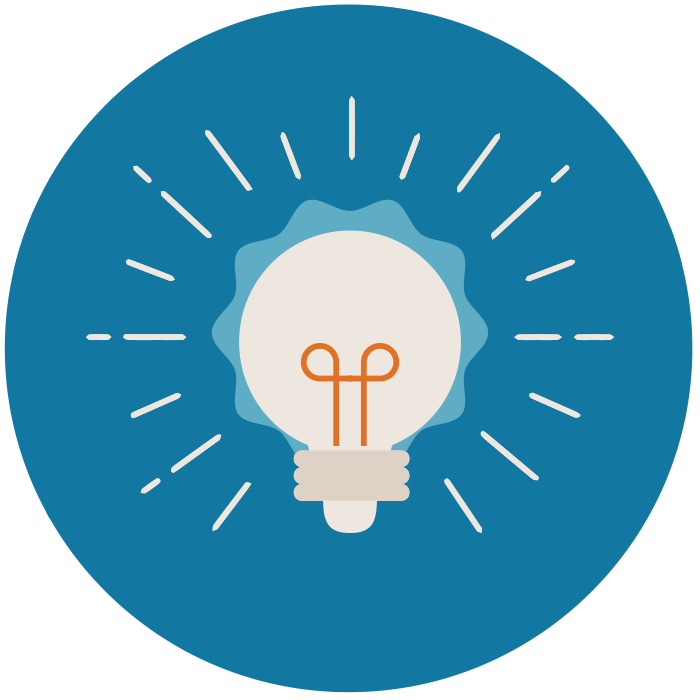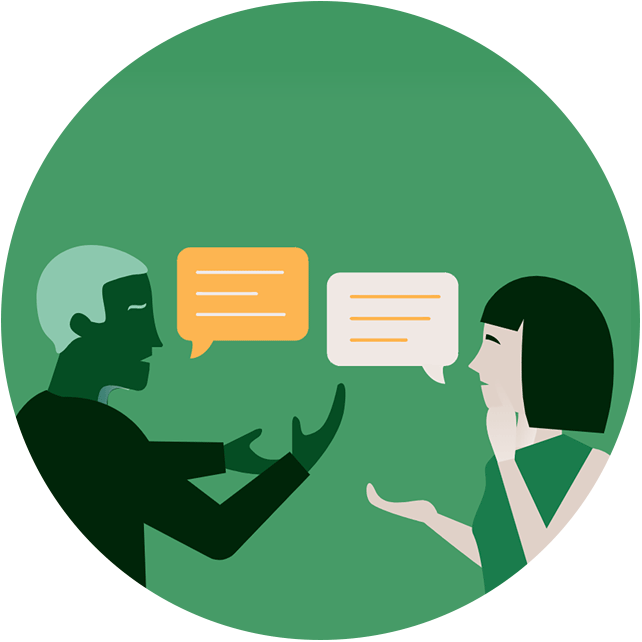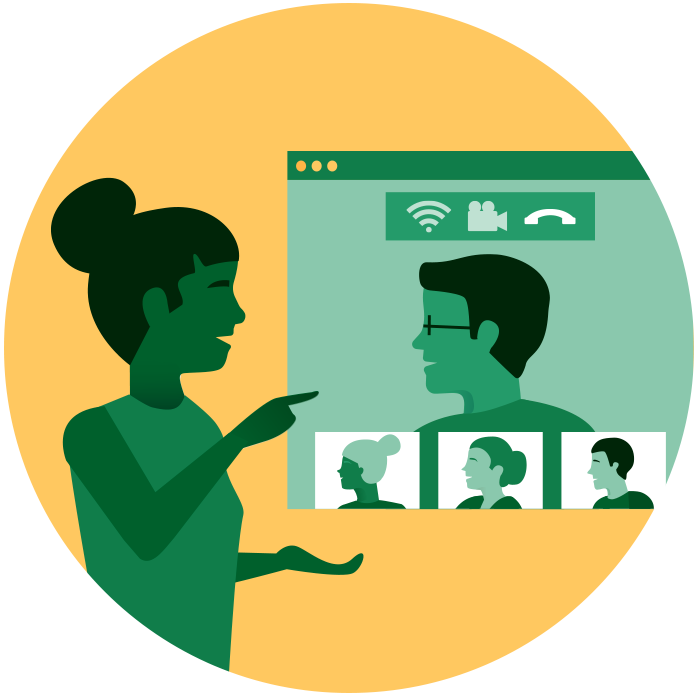

Community Problem Solving
What it means to be collaborative
in problem solving
Throughout the problem-solving journey, from identifying the need to ultimately creating a breakthrough solution, there are different levels of collaboration. The organization leading a problem-solving process could simply inform the community, involve the community, or deeply engage the community.
It's a matter of... ensuring that people feel like they have a voice. We don't have any interest in going out and telling other people what to do or our own staff what to do.
— Grantee
An example of what the levels might look like in each stage of the problem-solving process:
Community Informed
Community Involved
Community Engaged

Identify the need
An organization identifies a problem in the community.
Community members suggest problems to the organization.
An organization partners with community members to identify problems together.


Increase collective understanding of the issue
An organization educates community members about the problem.
The organization gathers community insights about the problem at key decision points.
An organization communicates regularly with community members to establish a common understanding of the problem.


Generate ideas
An organization generates ideas and asks the community for input or feedback on the ideas.
The organization seeks ideas from community members before generating its own ideas.
An organization partners with community members to generate ideas.


Test and implement solutions
An organization plans how to test/implement a solution and informs the community.
The organization considers the community's insights when testing and implementing a solution.
Community members are partners in determining how a solution will be tested and implemented.
The chart above was inspired by the Ladder of Citizen Participation1 and Wilder Research's community engagement research
1Sherry R. Arnstein's "A Ladder of Citizen Participation," Journal of the Ammerican Planning Association, Vol. 35, No. 4, July 1969, pp. 216-224
Sitting down together, everyone has equal representation and voices their individual ideas and opinions so that no one has more say about how it's going to be done. We equally work together.
— Grantee
Our grantees collaborate with their communities in a variety of ways




Inform the community
Canvassing or surveying community members


Involve the community
Hosting focus groups or public forums with community members


Engage the community
Involving community members directly in planning and decision-making groups
They brought us together and encouraged us to each feel that we had an important position at the table or in the discussion... They're including us in every step of the way, educating people and making sure everyone is on board.
— Grantee Partner


